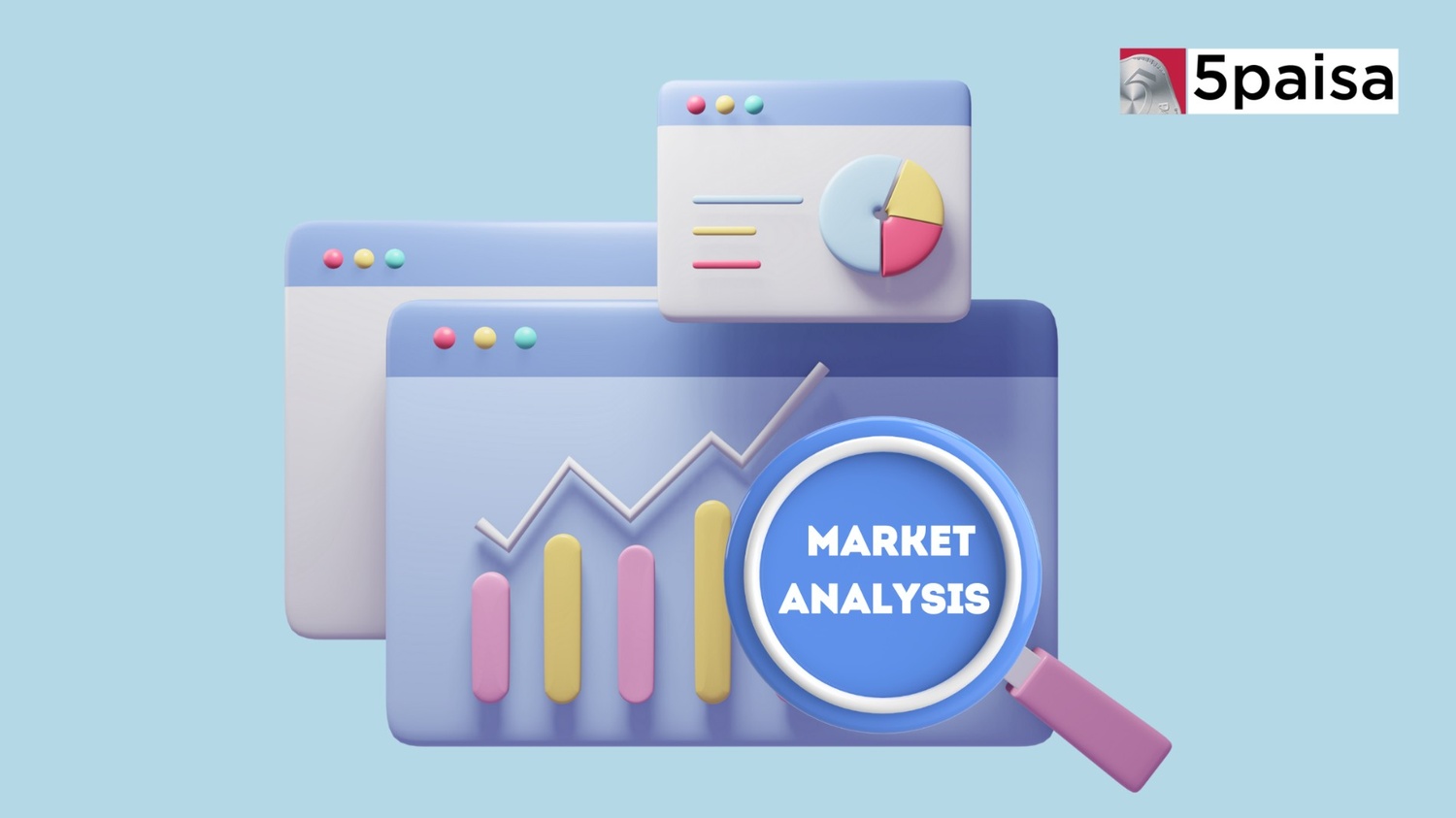iThe current values are delayed, open demat account for live values.
Nifty 100
Nifty 100 Performance
-
Open
23,359.90
-
High
23,442.35
-
Low
23,196.70
-
Prev Close
23,411.40
-
Dividend Yeild
1.40%
-
P/E
20.6
Nifty 100 Chart

Nifty 100 Sector Performance
Top Performing
| Sector Name | Percentage Change |
|---|---|
| Ceramic Products | 0.01 |
| Dry cells | 2.46 |
| Real Estate Investment Trusts | 0.52 |
| Paints/Varnish | 0.6 |
Under Performing
| Sector Name | Percentage Change |
|---|---|
| Diamond, Gems and Jewellery | -1.56 |
| IT - Hardware | -0.49 |
| Leather | -0.67 |
| Healthcare | -0.4 |
Color code for Stocks Performance
- 5% and above
- 5% to 2%
- 2% to 0.5%
- 0.5% to -0.5%
- -0.5% to -2%
- -2% to -5%
- -5% and below
Constituent Companies
| Company | Market Cap | Market Price | Volume | Sector |
|---|---|---|---|---|
| Asian Paints Ltd | ₹216510 Cr |
₹2257.6
(1.48%)
|
1361327 | Paints/Varnish |
| Bajaj Holdings & Investment Ltd | ₹135979 Cr |
₹12230
(1.07%)
|
79316 | Finance |
| Britannia Industries Ltd | ₹116371 Cr |
₹4831.9
(1.52%)
|
379290 | FMCG |
| Cipla Ltd | ₹119067 Cr |
₹1475.75
(0.88%)
|
1911268 | Pharmaceuticals |
| Eicher Motors Ltd | ₹135979 Cr |
₹4962.45
(1.03%)
|
501604 | Automobile |
NIFTY 100
NIFTY 100 indicates the list of 100 businesses based on the NIFTY 500’s total market cap. The purpose of this indicator is to check the effectiveness of significant market-cap corporations.
The NIFTY 100 comprises businesses from the Nifty 50 and Nifty Next 50. The NIFTY 100 index is owned and managed by NSE Indices Limited, previously recognized as India Index Services & Products Limited.
The NIFTY 100 is calculated utilizing the free float market capitalization approach, in which the index level represents the total free float market worth of all the stocks included in the index in relation to a given base market capitalization value.
The NIFTY 100 Index is utilized for several things, including creating structured products, ETFs, index funds, and benchmarking fund portfolios.
Nifty Next 100 Scrip Selection Criteria
● Businesses must be a part of the NIFTY 500 to be eligible for participation in the NIFTY 100 index.
● Stocks will be listed if they rank in the top 90 according to complete market capitalization.
● Stocks will be incorporated if their overall market capitalization equals 1.50 times the value of the previous NIFTY 100 component.
● Stocks will not be included if their ranking based on total market capitalization drops below 110 or if any of their constituents are dropped from the NIFTY 500.
● Rather than using data from a six-month period, the eligibility requirements for recently listed securities are evaluated based on data from a three-month period.
Companies Listed On The NIFTY 100
The NIFTY 100 companies comprise the top 100 large-cap firms. However, each company’s weighting in the index varies. This is due to the relationship between market capitalization and a company’s weighting in the NIFTY 100 index.
A company’s weighting in the NIFTY 100 stocks list increases proportionally to its market capitalization.
|
Company |
Weightage |
|
Reliance Industries Limited |
8.22% |
|
HDFC Bank Limited |
7.77% |
|
Infosys Limited |
7.45% |
|
ICICI Bank Limited |
5.90% |
|
Housing Development Finance Corp |
5.49% |
|
Date: As of 30th July 2021** |
|
Sector Representation
Despite including businesses from 17 different industries, the NIFTY 100 stocks list is significantly skewed towards a handful, including financial products, information technology, and consumer goods.
These four sectors are home to some of the largest corporations that significantly influence the NIFTY 100 share price.
|
Sector |
Weightage |
|
IT |
15.7% |
|
Financial Services |
34.68% |
|
Pharmaceutical |
4.53% |
|
Oil & Gas |
10.67% |
|
Consumer Goods |
12.06% |
|
Cement & Cement Products |
2.73% |
|
Automobile |
4.25% |
|
Metals |
4.36% |
|
Power |
2.37% |
|
Construction |
2.56% |
|
Consumer Services |
1.51% |
|
Telecom |
2.01% |
|
Dated as of 31st August 2021** |
|
How is NIFTY 100 Calculated?
The base value of 1,000 is used to calculate the Nifty. To calculate the index value of Nifty daily, divide the market value by the baseline market capital multiplied by the base value of 1,000. Index Value is calculated as Current Market Value / (Base Market Capital * 1000).
So, here’s how to calculate the Nifty Index:
Equity Capital * Share Price = Market Capitalization
Share Price * Equity Capital * Investable Weight Factor = Free Float Market Capitalization (IWF)
Index Value is calculated as Current Market Value / (Base Market Capital * 1000).
Factors Affecting NIFTY 100
A global economic downturn could affect the Nifty Index’s performance. The Nifty Index is impacted negatively by higher inflation. It’s because rising borrowing prices for businesses affect their expansion ambitions.
Rising inflation lowers discretionary spending, which makes it harder for businesses to find customers for their goods and services.
Stock prices are impacted by changes in economic policy, interest rates, inflation, recession, and variations in global economic situations, including crude oil prices, conflict, and natural disasters.
The company’s share price may increase or decrease due to various reasons. Preferably, the trader must fully comprehend the aforementioned aspects and have a sound investment strategy in place.
Investors will get the guarantee that they have made an excellent investment choice that would yield great profits.
How To Invest in NIFTY 100 Using the 5paisa App?
Here is a step-by-step guide that explains how to invest directly in a NIFTY index fund.
Step 1: Go to a prominent stockbroker’s site and register for a trading and Demat account. To begin investing in the Nifty Index Fund, you must complete this.
Step 2: Complete the application and follow the instructions to create your trading and Demat account. Your professional and private information will be requested on this application form. To finish the KYC procedure, you must also upload crucial papers, including proof of your identification (Aadhar cards and PAN cards), age, income, and address.
Step 3: As quickly as the application is submitted and you’ve provided the necessary proof, the broker will deal with your request to start a trade and Demat account after thoroughly verifying your documentation.
Step 4: Once the application process is finished, you will be given a special login and password. To access the trading site, you must use this unique information.
Open the 5paisa mobile app, navigate to the login section, insert the given credentials you have, fill out the basic personal details, and get started with your 5paisa mobile trading account.
After logging in, proceed to the mutual funds page and search for the Nifty index fund. You must carefully compare the many investment funds that are offered. Before you decide, thoroughly review each fund’s performance history and track record.
Step 6: Review all of the paperwork relating to the scheme.
Step 7: Once you’ve decided, you may choose the Nifty index fund you wish to put your money into. Either a lump sum contribution or a systematic investment plan (SIP) may be used to purchase units of the fund (Systematic Investment Plan).
Index Rebalancing
The index is rebalanced every two years. The deadline is on January 31 and July 31 of the year, respectively. For the indexes’ semi-annual assessment, the average data for the six months ending on the cut-off period is taken into account. The market is given four weeks’ notice prior to the change, starting on the transition date.
Index Governance
All NSE indices are managed by qualified personnel. A three-tiered governance structure comprises the NSE Indices Limited Board of Directors, the Index Advisory Committee (Equity), and the Index Maintenance Sub-Committee.
Other Indices
| Indices Name | Price | Price Change (% change) |
|---|---|---|
| India VIX | 14.53 | -0.15 (-1.02%) |
| Nifty 10 Yr Benchmark G-Sec | 2477.38 | -3.81 (-0.15%) |
| Nifty 10 Yr Benchmark G-Sec (Clean Price) | 893.06 | -1.58 (-0.18%) |
| Nifty 100 | 23274.05 | -137.35 (-0.59%) |
| Nifty 100 Alpha 30 Index | 16085.8 | -230.85 (-1.41%) |
Faqs
What is the average annual return from the Nifty 100 index?
Due to the nature of equity, the Nifty 100 index has undergone multiple ups and downs. But the index has been offering excellent returns for a long period. In the last 15 years, the index delivered an average annual return of more than 12.3%.
Is Nifty 100 a large-cap stock index?
Nifty 100 is a diversified stock with the top 100 companies from the Nifty 500 in total market capitalization. The index constitutes stocks from some of the major sectors of the economy. Therefore, the Nifty 100 index is primarily a large cap.
Is Nifty 500 included under Nifty 100?
All the stocks under Nifty 500 are included under Nifty 100. The stocks under Nifty Next 50 are also included under Nifty 100. However, the weightage of the stocks varies across the two indices. For instance, Reliance Industries has a weightage of 9.8% under Nifty 50. But its weightage is 8.4% under Nifty 100.
Is Nifty 100 more volatile than Nifty Next 50?
The Nifty 100 is a lot less volatile compared to Nifty Next 50. The standard deviation of Nifty 100 is 22.4 since its initial days. But the standard deviation of Nifty Next 50 is 26.7.
Is the performance of the Nifty 100 dependent on the Nifty 50 and Nifty Next 50?
Since Nifty 100 constitutes the stocks of Nifty 50 and Nifty Next 50, their performances are linked. When the Nifty 50 performs well, the Nifty 100 will also perform well. When Nifty Next 50 performs poorly, Nifty 100 is not likely to perform poorly because only 20% of Nifty 100 is composed of Nifty Next 50.
Latest News

- Feb 21, 2025
Indian stock markets ended in the red as key indices faced pressure from auto and financial stocks. The Sensex fell 424 points to close at 75,311, while the Nifty slipped 117 points to end at 22,795. The sell-off was led by the auto sector, which tanked 2.5% following reports of a potential reduction in import duties on EVs.

- Feb 21, 2025
The ownership structure of India Inc. is experiencing a significant transformation, with foreign portfolio investors (FPIs) reaching their lowest stake in NSE-listed companies in 13 years. In contrast, domestic mutual funds (MFs) and retail investors are making substantial gains.
Latest Blogs
Introduction to Ashish Kacholia Ashish Kacholia's financial journey began in the 1990s. He gained valuable experience at firms like Prime Securities and Edelweiss before founding Lucky Securities in 1995. In 1999, he co-founded Hungama Digital with Rakesh Jhunjhunwala, showcasing his ability to spot emerging trends.
- Oct 10, 2025

Navigating the numerous banking options in India is essential for individuals and businesses alike. The best banks in India go beyond traditional banking, offering a wide array of financial services that play a crucial role in the country's economic stability. From innovative digital banking solutions to comprehensive investment and loan offerings, these famous banks in India serve as reliable financial partners.
- Apr 14, 2025
